Straight Pipes With Ceramic Lining
Alumina Ceramic Lined Straight Pipes prevents the pipes from wear and erosion.
KmTBCr26 high chromium cast iron can be used in different occasions and is especially suitable for wear-resistant environments, such as power plants, ore processing plants and steel mills, etc.
Its excellent wear resistance is due to the high volume fraction of high hardness carbides. It is generally believed that the original coarse carbides can sharply reduce the toughness of the material, so the application of hypereutectic alloys is limited. However, recent studies have shown that the fracture toughness of hypereutectic high chromium cast iron with a small amount of primary M 7C3 carbides is higher than that of hypoeutectic alloys [1]. Mechanical properties of cast iron [2-4]. The research in this paper involves the development of excellent wear-resistant materials, so we have carried out a series of basic theoretical studies on the phase diagram, solidification process, hardenability and mechanical properties of high-chromium cast iron.
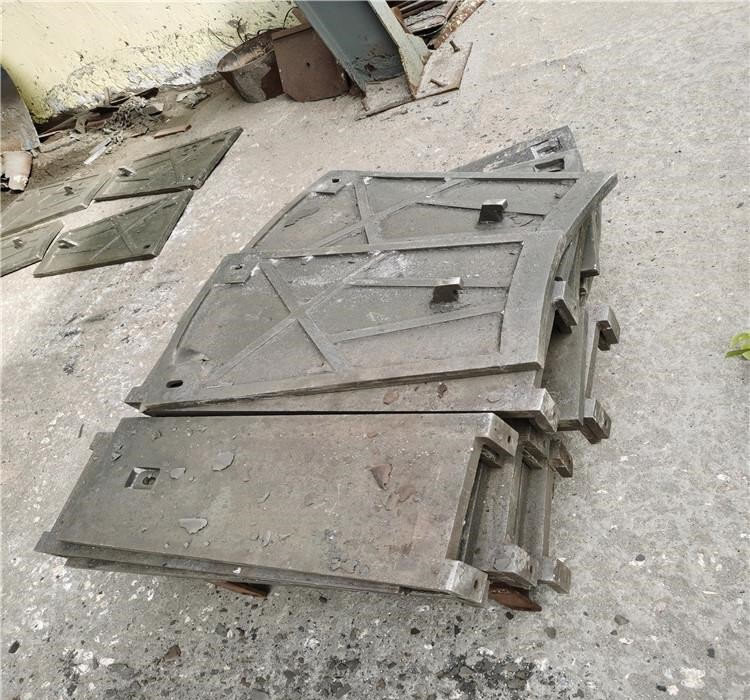
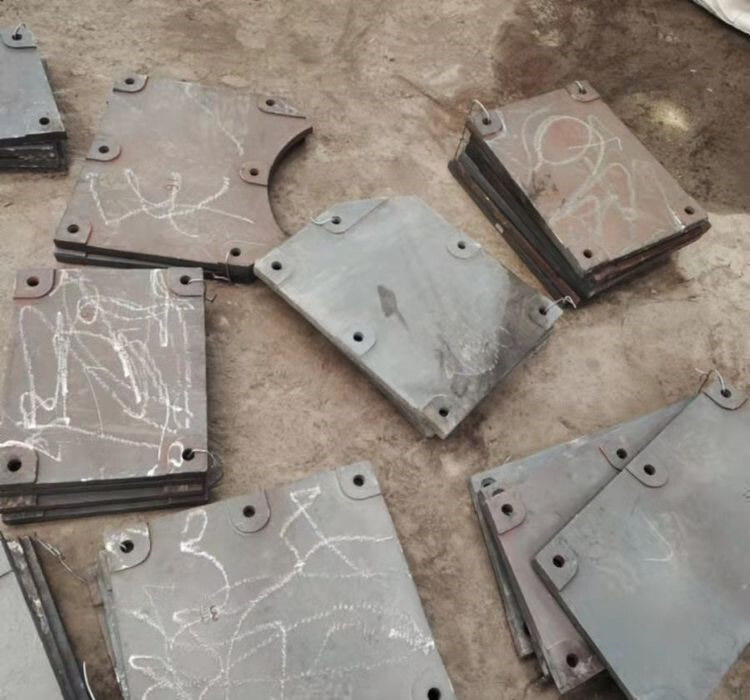
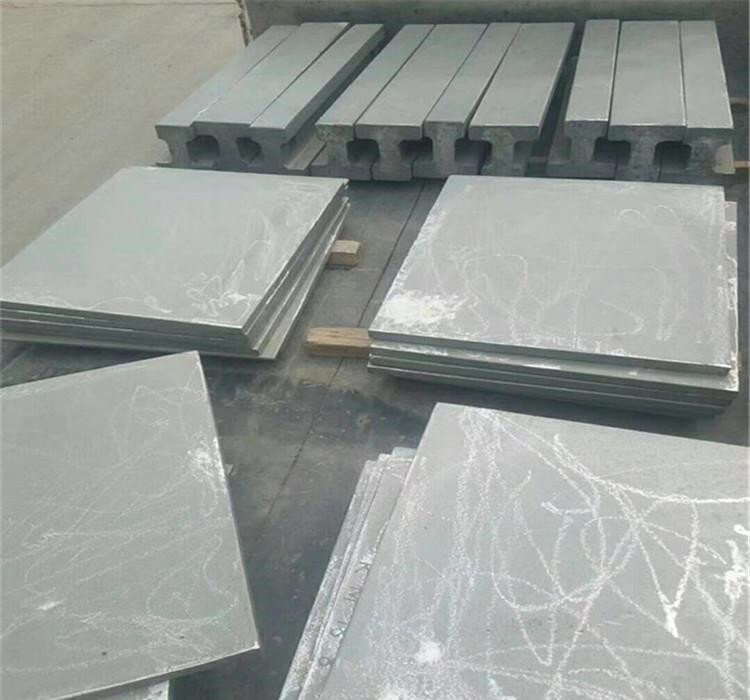
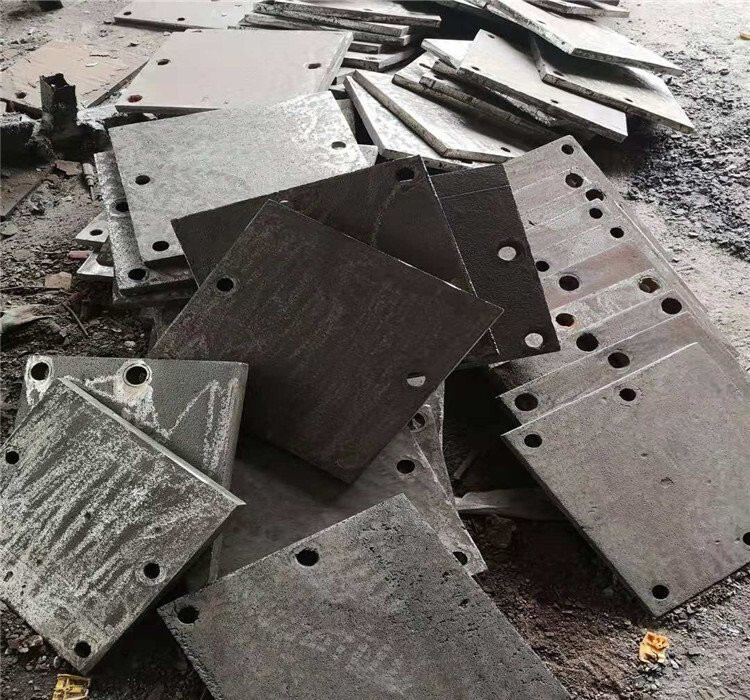
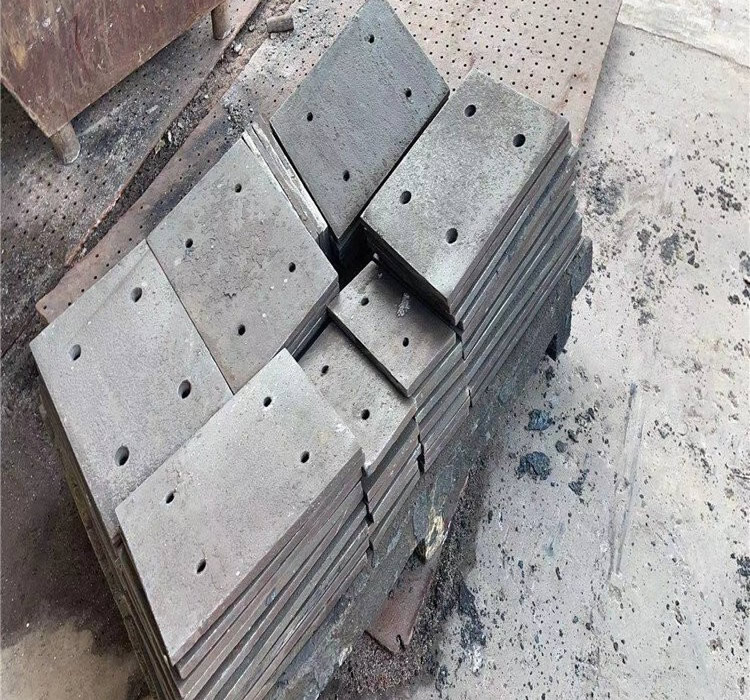
An additional oxidation test was carried out on the two alloys at 923K (650~C), and the oxidation weight is negligible relative to the wear weight loss, so the oxidation effect is negligible in the calculation of the wear test research in this paper. The wear rates of the two alloys begin as an unstable cycle, and then a stable cycle, as shown in Figure 5. The average wear rate of the test alloy is 36% of the standard 25Cr cast iron, which shows that the test alloy has excellent wear resistance at high temperature. Observation of the wear surface of 25C r cast iron by scanning electron microscope shows that the wear of the alloy is related to its metallographic structure. When the wear test is carried out at the test temperature, the soft primary r phase is quickly worn away, and the remaining hard eutectic carbide phase forms a hilly wear surface due to its high wear resistance. Observation with a scanning electron microscope at a large magnification shows that the wear mechanism of the primary r phase is the generation of micro grooves and deformation, while the wear mechanism of the eutectic carbide is a brittle fracture process. Oxidation does not significantly affect the wear of these alloys. Compared with the 25Cr cast iron standard alloy sample, the wear pattern of the test alloy sample is quite smooth, indicating that the primary phase and eutectic carbide prevent the wear of the quartz sand at the test temperature, and it can be inferred that the brittle fracture process controls the wear of the sample. It was also observed that oxidation on the worn surface of the samples resulted in the expansion of carbonaceous carbides, thus indicating that the oxidation process aggravates the wear of these alloys.
| C(%) | Si(%) | Mn(%) | P(%) | S(%) | Cr(%) | Mo(%) | Ni(%) | Cu(%) |
|---|---|---|---|---|---|---|---|---|
| 2.3-3.0 | ≦1.0 | 0.5-1.0 | ≦0.1 | ≦0.06 | 23.0-28.0 | 0.0-1.0 | 0.0-1.5 | 0.0-2.0 |
Applications :Abrsion Resisting Cast lron Low Alloy and High Alloy Grade
Country Code: GB
Standard: 8263
Steel Type: KmTBCr26
Abrasion Resisting Cast Iron Low Alloy And High Alloy Grade
| Standard | Item | Grade | Chemical composition (%) | ||||||||
|---|---|---|---|---|---|---|---|---|---|---|---|
| C | Si | Mn | P | S | Ni | Cr | Mo | Cu | |||
| GB | 8263 | KmTBNi4-Cr2-DT | 2.7-3.2 | 0.3-0.8 | 0.3-0.8 | ≦0.15 | ≦0.1 | 3.0-5.0 | 2.0-3.0 | 0.0-1.0 | – |
| ASTM | A532 | I BNiCr-LC | 2.4-3.0 | ≦0.8 | ≦2.0 | ≦0.3 | ≦0.15 | 3.3-5.0 | 1.4-4.0 | ≦1.0 | – |
| DIN | 1695 | G-X260-NiCr42 | 2.6-2.9 | 0.2-0.8 | 0.3-0.7 | – | – | 3.5-5.0 | 1.4-2.4 | ≦0.5 | – |
| GB | 8263 | KmTBNi4-Cr2-GT | 3.2-3.6 | 0.3-0.8 | 0.3-0.8 | ≦0.15 | ≦0.1 | 3.0-5.0 | 2.0-3.0 | 0.0-1.0 | – |
| ASTM | A532 | I ANCr-HC | 2.8-3.6 | ≦0.8 | ≦1.3 | ≦0.3 | ≦0.15 | 3.3-5.0 | 1.4-4.0 | ≦1.0 | – |
| DIN | 1695 | G-X330-NiCr42 | 3.0-3.6 | 0.2-0.8 | 0.3-0.7 | – | – | 3.3-5.0 | 1.4-2.4 | ≦0.5 | – |
| GB | 8263 | KmTBCr9-Ni5Si2 | 2.5-3.6 | 1.5-2.2 | 0.3-0.8 | ≦0.15 | ≦0.1 | 4.5-6.5 | 8.0-10.0 | 0.0-1.0 | – |
| ASTM | A532 | I DNiHCr | 2.5-3.6 | ≦2.0 | ≦2.0 | ≦0.1 | ≦0.15 | 4.5-7.0 | 7.0-11.0 | ≦1.5 | – |
| DIN | 1695 | G-X300Cr-NSi952 | 2.5-3.5 | 1.5-2.2 | 0.3-0.7 | – | – | 4.5-6.5 | 8.0-10.0 | ≦0.5 | – |
| GB | 8263 | KmTBCr15-Mo2-GT | 2.8-3.5 | ≦1.0 | 0.5-1.0 | ≦0.1 | ≦0.06 | 0.0-1.0 | 13.0-18.0 | 0.5-3.0 | 0.0-1.2 |
| ASTM | A532 | ⅡB15%Cr-Mo-HC | 2.0-3.0 | ≦1.5 | ≦2.0 | ≦0.1 | ≦0.06 | ≦2.5 | 14.0-18.0 | 1.0-3.0 | ≦1.2 |
| DIN | 1695 | G-X300-CrMo153 | 2.3-3.6 | 0.2-0.8 | 0.5-1.0 | – | – | ≦0.7 | 14.0-17.0 | 1.0-3.0 | ≦1.2 |
| ASTM | A532 | Ⅱ020%-CrMo-LC | 2.0-3.3 | 1.0-2.2 | ≦2.0 | ≦0.1 | ≦0.06 | ≦1.5 | 18.0-23.0 | ≦2.0 | ≦1.2 |
| DIN | 1695 | G-X260Cr-MoNi2021 | 2.3-2.9 | 0.2-0.3 | 0.5-1.0 | – | – | 0.8-1.2 | 18.0-22.0 | 1.4-2.0 | – |
| GB | 8263 | KmTBCr20-Mo2Cu1 | 2.0-3.0 | ≦1.0 | 0.5-1.0 | ≦0.1 | ≦0.06 | 0.0-1.5 | 18.0-22.0 | 1.5-2.5 | 0.8-1.2 |
| ASTM | A532 | ⅡA-25%Cr | 2.0-3.0 | ≦1.5 | ≦2.0 | ≦0.1 | ≦0.06 | ≦2.5 | 23.0-30.0 | ≦3.0 | ≦1.2 |
| DIN | 1695 | G-X260-Cr27 | 2.3-2.9 | 0.5-1.5 | 0.5-1.5 | – | – | ≦1.2 | 24.0-28.0 | ≦1.0 | – |
| GB | 8263 | KmTBCr26 | 2.3-3.0 | ≦1.0 | 0.5-1.0 | ≦0.1 | ≦0.06 | 0.0-1.5 | 23.0-28.0 | 0.0-1.0 | 0.0-2.0 |
| ASTM | A532 | Ⅲ A-25%Cr | 2.0-3.3 | ≦1.0 | ≦2.0 | ≦0.1 | ≦0.06 | ≦2.5 | 23.0-30.0 | ≦1.5 | ≦1.2 |
| DIN | 1695 | G-X300Cr-Mo271 | 3.0-3.5 | 0.2-1.0 | 0.5-1.0 | – | – | – | 23.0-28.0 | 1.0-2.0 | ≦1.2 |
| Standard | Item | Grade | Tensile requirements | Hardness(HB) | |||
|---|---|---|---|---|---|---|---|
| Thickness(mm) | Tensile strength(Mpa) | Elongation(%) | Heat treatment | ||||
| GB | 8263 | KmTBNi4-Cr2-DT | – | – | – | – | – |
| ASTM | A532 | I BNiCr-LC | ≧200 | – | – | – | ≦550 |
| DIN | 1695 | G-X260-NiCr42 | – | ≧320 | – | – | ≦500 |
| GB | 8263 | KmTBNi4-Cr2-GT | – | – | – | – | – |
| ASTM | A532 | I ANCr-HC | ≧200 | – | – | – | ≦550 |
| DIN | 1695 | G-X330-NiCr42 | – | ≧280 | – | – | ≦690 |
| GB | 8263 | KmTBCr9-Ni5Si2 | – | – | – | – | – |
| ASTM | A532 | I DNiHCr | ≧300 | – | – | – | ≦500 |
| DIN | 1695 | G-X300Cr-NSi952 | – | 500-600 | – | – | ≦690 |
| GB | 8263 | KmTBCr15-Mo2-GT | – | – | – | – | – |
| ASTM | A532 | ⅡB15%Cr-Mo-HC | ≧75 | – | – | H | ≦600 |
| DIN | 1695 | G-X300-CrMo153 | – | ≧450 | ≦690 | H | – |
| ASTM | A532 | Ⅱ020%-CrMo-LC | ≧200 | – | – | H | ≦600 |
| DIN | 1695 | G-X260Cr-MoNi2021 | – | ≧450 | – | H | ≦690 |
| GB | 8263 | KmTBCr20-Mo2Cu1 | – | – | – | – | – |
| ASTM | A532 | ⅡA-25%Cr | ≧200 | – | – | – | ≦600 |
| DIN | 1695 | G-X260-Cr27 | – | ≧560 | – | – | ≦690 |
| GB | 8263 | KmTBCr26 | – | – | – | – | – |
| ASTM | A532 | Ⅲ A-25%Cr | ≧200 | – | – | H | ≦600 |
| DIN | 1695 | G-X300Cr-Mo271 | – | ≧450 | – | H | ≦690 |

When you partner with Sunny Steel, you can stop worrying about meeting deadlines thanks to our responsive and timely service. You'll also say goodbye to unnecessary shopping around. Instead, you'll get white glove service from an expert who understands your needs and can get you the materials you need quickly.
